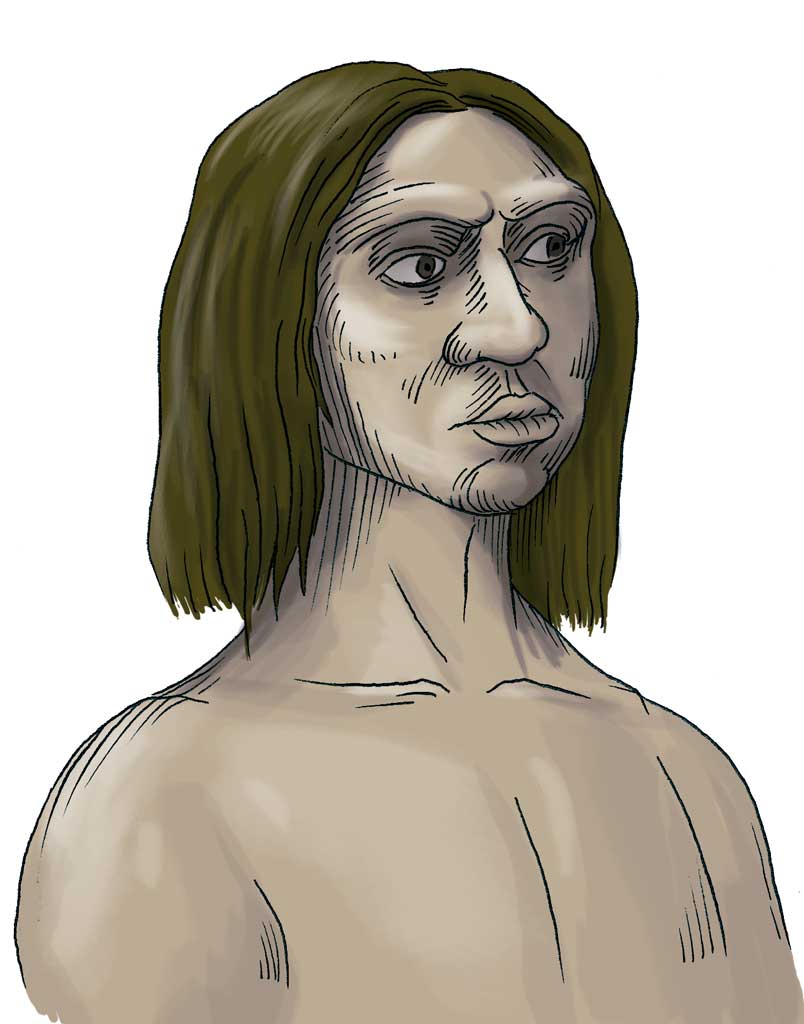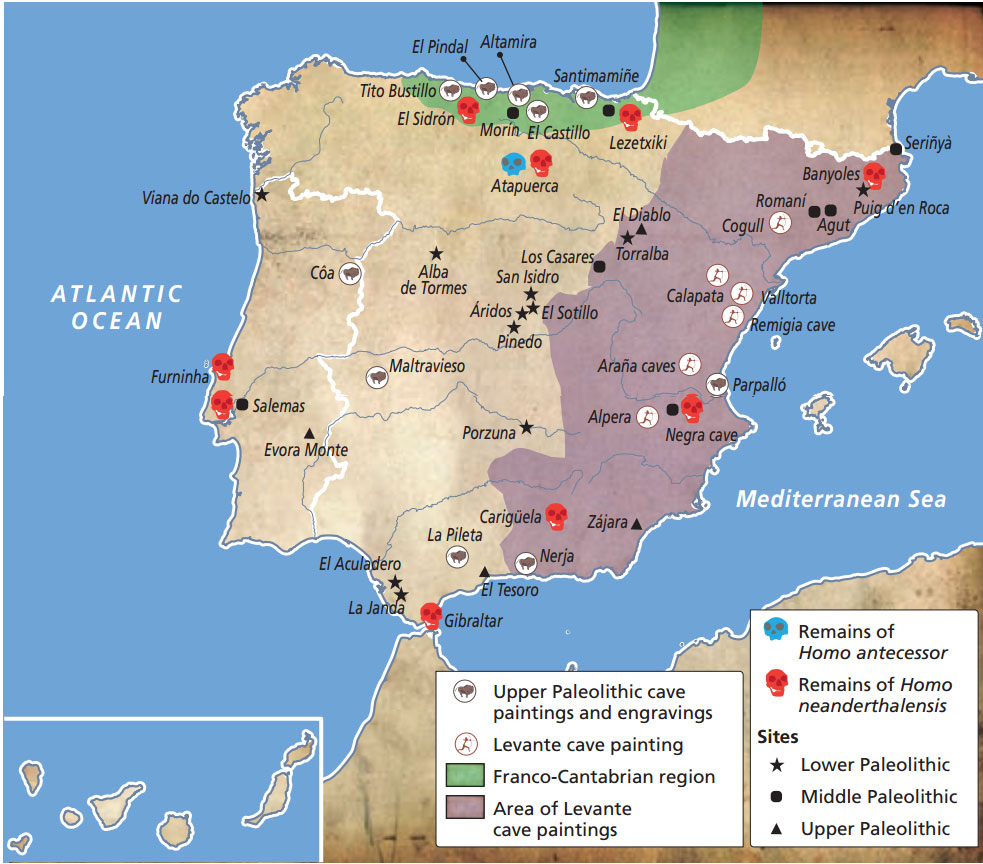We use cookies to improve and analyse your browsing experience on our web. You can accept these cookies, reject them or choose your settings by clicking on the corresponding buttons. Please note that rejecting cookies may affect your browsing experience. For more information you can consult our Cookies policy.
Cookies are an essential part of how our web works. The main goal of cookies is to make your browsing experience more comfortable and efficient and to improve our services and the web itself.
Here you can find all the information about the cookies we use and you can activate and/or deactivate them according to your preferences, except for those cookies that are strictly necessary for the operation of the web. Blocking some cookies may affect your experience on the web and how the site works. For more information you can visit our Cookie Policy.
These Cookies are necessary for the web to function and cannot be disabled on our systems. They are generally only set up in response to actions you may take such as requesting services, setting your privacy preferences, logging in or completing forms. You can set your browser to block or warn you about these cookies, but some parts of the web will not work. Information about Cookies.
These Cookies allow us to count the number of visits and traffic sources so that we can measure and improve the performance of our site. They help us to find out which pages are the most popular and least popular, and to see how visitors move around the web. All information collected by these Cookies is aggregated and therefore anonymous. If you do not allow these Cookies we will not know when you visited our web. Information about Cookies.
These cookies are used to analyse your activity in order to show you personalised advertisements.Information about Cookies.
Change theme

Revision mode


Homo antecessor lived in what is now the region of Burgos 800000 years ago. Their remains are among the oldest in Europe. They were stocky and their brains were around 1000 cm³.
Some of their features are similar to Homo erectus. However, others are more developed and would suggest they are the ancestors of Homo neanderthalensis. Currently, experts are unable to agree on where they belong in the process of hominisation.
The most important Lower Paleolithic site on the Iberian Peninsula and in the world is Atapuerca (Burgos). Numerous remains of hominids, including the only known remains of Homo antecessor, have been discovered there.
During the Middle Paleolithic, the peninsula was inhabited by Neanderthals. Evidence of this has been found on the sites in Gibraltar and El Sidrón (Asturias).
In the Upper Paleolithic, Homo sapiens produced the cave paintings in the Franco-Cantabrian region. The most famous ones are in the caves of El Castillo and Altamira (both in Cantabria), Tito Bustillo (Asturias) and Santimamiñe (the Basque Country).
During the Epipaleolithic, Levante cave painting developed along the Mediterranean coast of the Iberian Peninsula. Examples include the paintings in Cogull (Lleida), Valltorta and Remigia cave (both in Castellón) and Araña caves (Valencia). This style continued to be used during the following period (the Neolithic), sometimes in the same caves.

Activity 29
Look back to the illustration showing the chronological process of hominisation. In which position would you place Homo antecessor?
Activity 30
Look at the map. Listen and choose true or false. Correct the false sentences.
Activity 31
Write sentences about Atapuerca:

